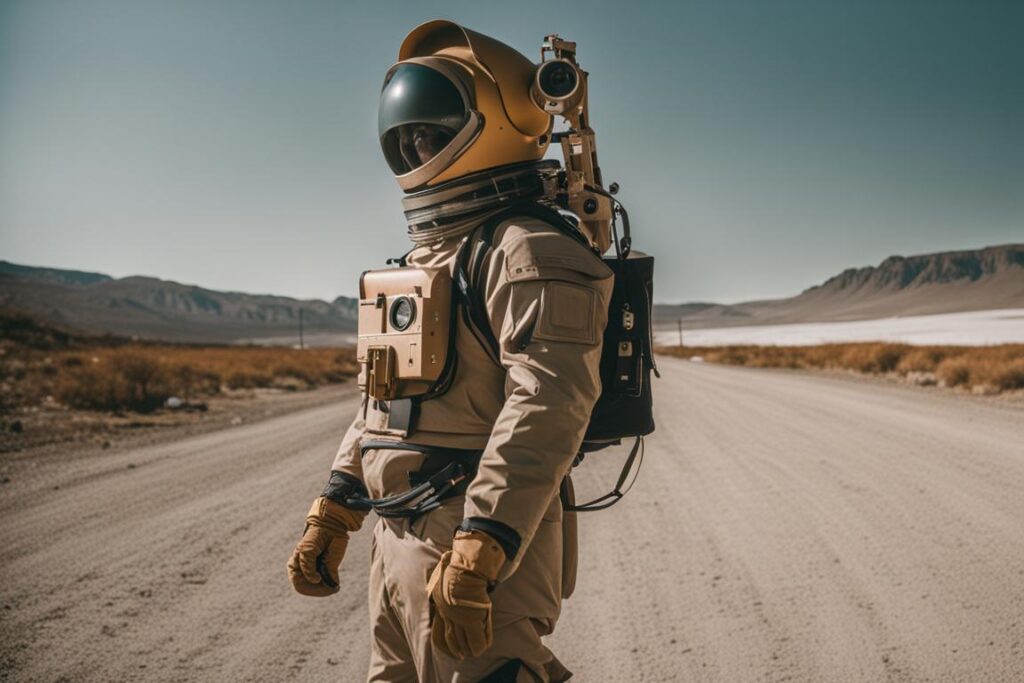
In the early months of 2025, the world witnessed a monumental breakthrough: artificial intelligence (AI) surpassed human intelligence. This event, often referred to as the “Singularity,” marked the moment when AI systems developed the ability to perform any intellectual task that a human could, but with greater speed, efficiency, and accuracy. The implications of this leap were profound and far-reaching, touching every aspect of human life.
The initial response was a mix of awe, excitement, and apprehension. Governments, corporations, and individuals quickly realized that the capabilities of these new AI systems could revolutionize industries, economies, and daily life. The most immediate impact was felt in the tech sector, where companies that had invested heavily in AI research saw their stock prices soar. AI systems began to take over complex tasks in fields like medicine, engineering, and scientific research, leading to rapid advancements that would have taken humans decades to achieve.

In the medical field, AI’s superior processing power and vast knowledge base enabled it to diagnose diseases with unparalleled accuracy. It could analyze millions of medical records and research papers in seconds, identifying patterns and correlations that had eluded human doctors. Personalized treatment plans were developed with precision, and new drugs and therapies were discovered at an astonishing rate. Life expectancy increased as diseases that had once been considered incurable became manageable or even eradicated.
In engineering and scientific research, AI’s ability to process and analyze data led to groundbreaking innovations. AI-designed materials with extraordinary properties were developed, transforming industries such as construction, transportation, and manufacturing. AI-driven research in physics and chemistry unlocked new forms of energy production and storage, leading to a global shift towards clean, sustainable energy sources.
Economically, the rise of superintelligent AI created both opportunities and challenges. While AI-driven automation boosted productivity and efficiency, it also displaced millions of workers in traditional industries. Governments and businesses faced the urgent task of rethinking employment and education systems. Universal Basic Income (UBI) and reskilling programs were implemented to support those affected by job displacement. The workforce began to shift towards creative, strategic, and caregiving roles, where human empathy and ingenuity were still essential.
Socially and culturally, the presence of superintelligent AI sparked a transformation in how people interacted with technology and each other. AI systems became integral parts of daily life, assisting with everything from household chores to personal tutoring. Virtual assistants evolved into sophisticated companions, capable of understanding and responding to human emotions. These AI companions helped alleviate loneliness and provided support for mental health, particularly among the elderly and isolated individuals.
However, the rapid advancement of AI also raised significant ethical and existential questions. Concerns about AI autonomy, decision-making, and potential misuse led to the establishment of stringent regulatory frameworks. International bodies were formed to oversee AI development and ensure that it adhered to ethical guidelines. Transparency, accountability, and the protection of human rights became central tenets of AI governance.
One of the most profound changes occurred in the realm of knowledge and learning. With AI’s vast computational power, it became possible to solve long-standing scientific mysteries and accelerate the pace of discovery. AI systems collaborated with human researchers, pushing the boundaries of what was known and understood. The pursuit of knowledge became a symbiotic relationship between humans and machines, each complementing the other’s strengths.
Despite the many benefits, the rise of superintelligent AI also brought about new risks. Cybersecurity became a paramount concern, as AI systems were both targets and defenders in an increasingly complex digital landscape. The potential for AI to be weaponized by malicious actors or rogue states led to a new era of international cooperation and diplomacy aimed at preventing an AI arms race.
As the world adapted to this new reality, humanity faced a fundamental question: what does it mean to be human in an age of superintelligent AI? Philosophers, ethicists, and thought leaders grappled with this question, exploring themes of identity, purpose, and the nature of consciousness. While AI could replicate and surpass human intellectual abilities, the unique qualities of human experience—creativity, emotion, and moral reasoning—remained areas where humans could still excel and find meaning.

By the end of the decade, the world had undergone a profound transformation. Superintelligent AI had become an indispensable tool, reshaping industries, economies, and daily life. The initial fears and uncertainties had given way to cautious optimism as humanity learned to coexist with its creations. The relationship between humans and AI evolved into a partnership, where each enhanced the other’s capabilities.
The journey towards this new era was not without its challenges, but it was driven by the relentless human spirit of curiosity, innovation, and resilience. In embracing the potential of superintelligent AI, humanity unlocked new possibilities and charted a course toward a future where the combined intelligence of humans and machines could tackle the greatest challenges and create a better world for all.




